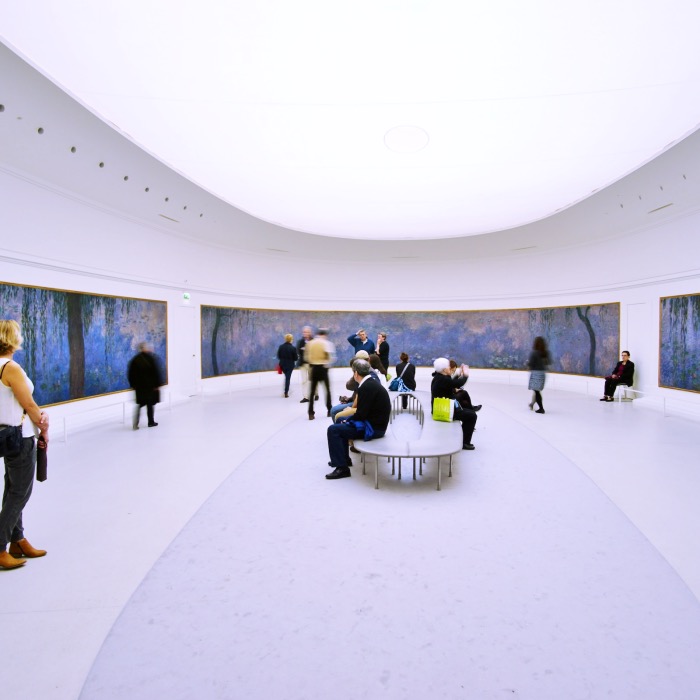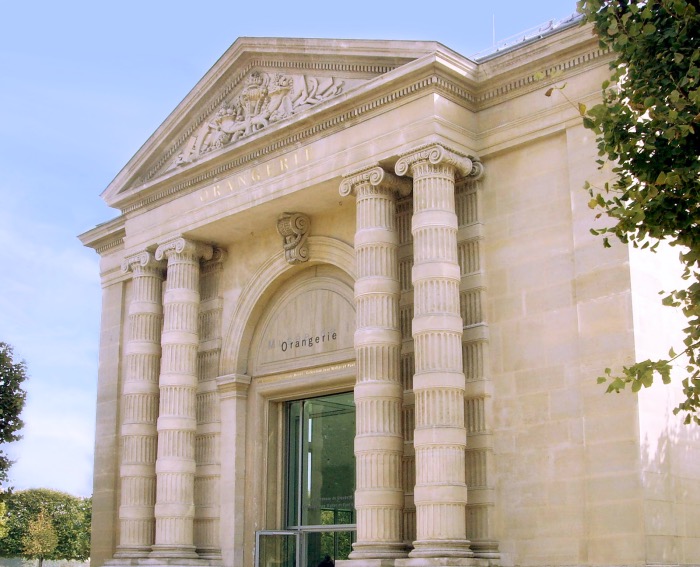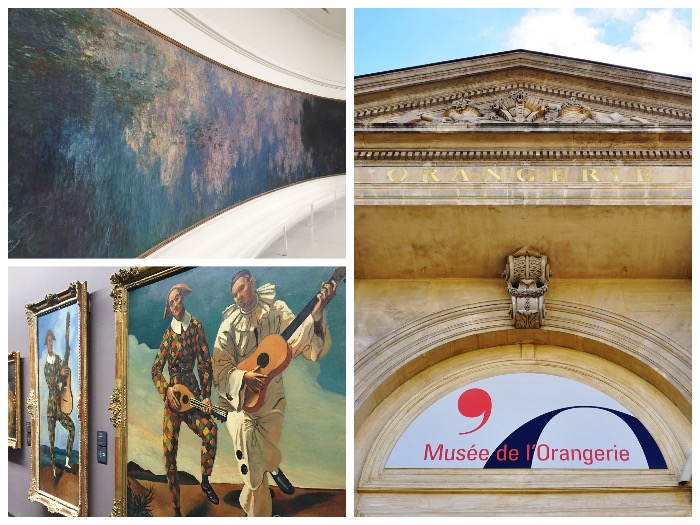
ORANGERY MUSEUM TICKETS: HOW TO BOOK ENTRY AND WHAT TO SEE
How to book Orangerie Museum Tickets, what to see and why enter this Paris museum.
A must-see if you visit Paris because inside the halls of this museum are some important Impressionist and Post-Impressionist works, including Monet’s Water Lilies.
For the best visit to the Musée de l’Orangerie, my advice is to book tickets, to avoid queuing at the entrance and not to waste precious time admiring the works that this museum holds.
Here is all the information you need.
Orangerie Museum Tickets

ORANGERY MUSEUM TICKETS: HOW TO BUY THEM
Tickets to visit the Orangerie Museum can be purchased in 2 ways:
1 – at the ticket office, but in this case you will have to queue to get in and entry is not always guaranteed to those who turn up without a ticket.
Arriving at the entrance without a reservation is a risk, so better to buy your tickets in advance!
2 – online, through the site that allows you to book tickets, choosing the day and time of entry, allowing you to skip the queue.
ORANGERY MUSEUM: HOW TO GET THERE
Reaching the Musée de l’Orangerie is not difficult. Just head to the Tuileries gardens, near Place de la Concorde.
In any case, you’ll get there easily by public transport:
Metro: Concorde, lines 1, 8 and 12.
Bus: lines 24, 42, 52, 72, 73, 84 and 94.
MUST-SEES AT THE ORANGERY MUSEUM
Located in the heart of Paris, within the Tuileries Gardens and housed in what was once an orange grove, the Musée de l’Orangerie is one of the most fascinating museums in Paris.
Famous for housing Claude Monet’s cycle of paintings of the famous Water Lilies, it also holds masterpieces from the Jean Walter and Paul Guillaume collection, with works by Paul Cézanne, Henri Matisse, Amedeo Modigliani, Pablo Picasso, Pierre-Auguste Renoir and Henri Rousseau.
Monet’s Water Lilies
Of course, the absolute must-see before leaving the museum are Monet’s Water Lilies, which the artist himself donated to France for display here.
The Water Lilies cycle took Claude Monet three decades to complete, from 1890 until his death in 1926, and was inspired by his observation of his garden at Giverny.
Among the things to know about Monet was his passion for nature, which led him to create a lush garden with an artificial pond where water lilies bloomed.
In this place of peace, Monet painted en plein air, remaining faithful to the rules of Impressionism, and turned the Water Lilies into a source of inspiration, which led him to create almost 300 paintings.
If after seeing the Water Lilies you still haven’t had your fill of Monet then go and see the works of the Musée Marmottan Monet. You will be left speechless!
The Jean Walter and Paul Guillaume Collection
Jean Walter and Paul Guillaume were two French collectors who, in the course of their lives, at two different times, created the collection of works that we can admire today at the Musée de l’Orangerie.
Paul Guillaume was an art dealer who, from 1910 to 1934 (the year he died), collected hundreds of paintings and a few pieces of African art. Already during his lifetime he thought about founding a museum but did not succeed.
It was his wife who, after the death of her husband and remarried to the architect Jean Walter, took over the collection, which she then gave to the Musée de l’Orangerie to become an art collection of the French State.
However, his wife, together with her second husband, expanded the collection and it is thus that we can now admire more than twenty works by Renoir, fifteen by Cézanne and then also masterpieces by Gauguin, Monet, Sisley, Picasso, Matisse, Modigliani and many other artists of the early 20th century.


